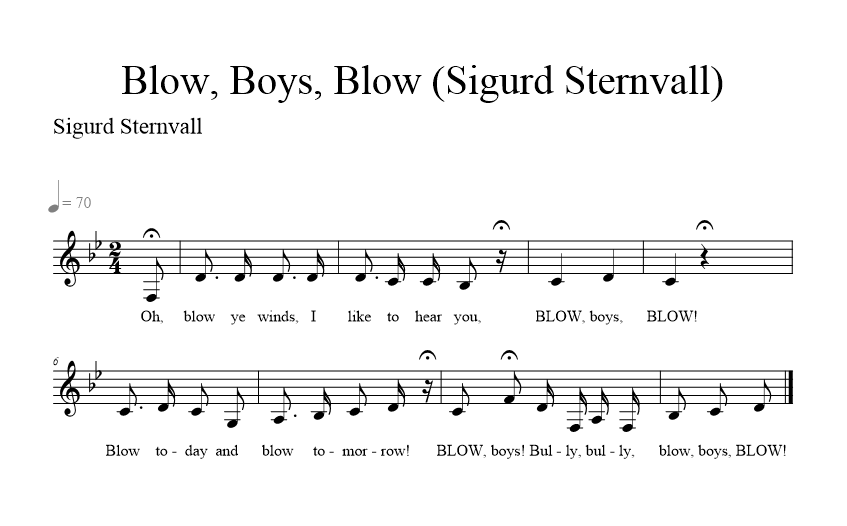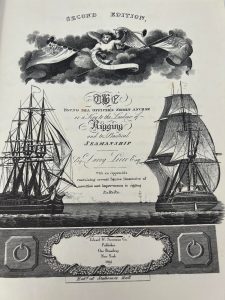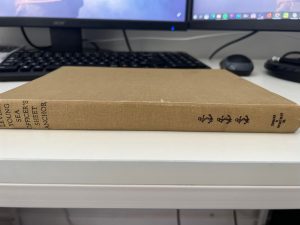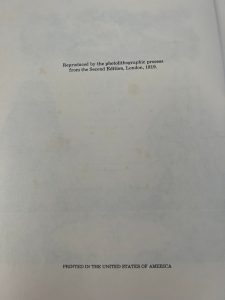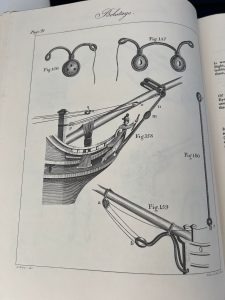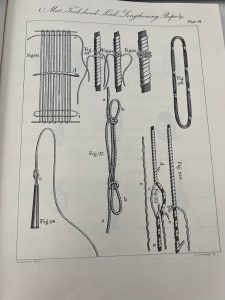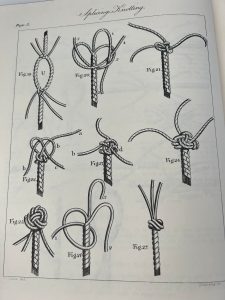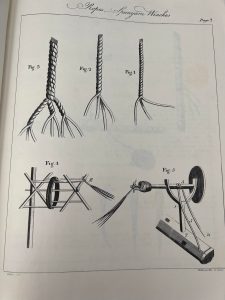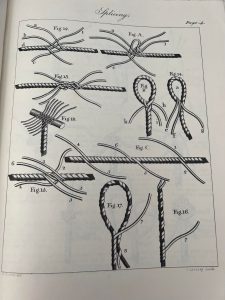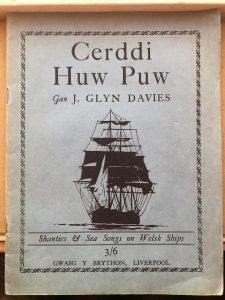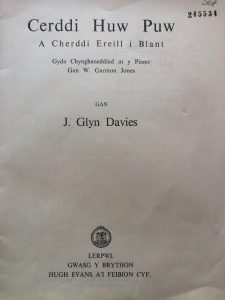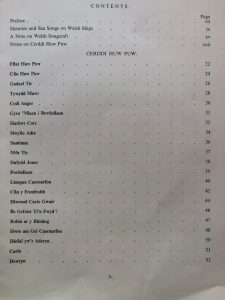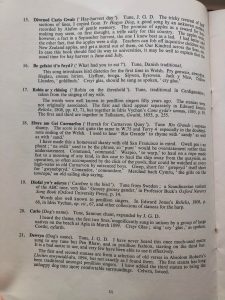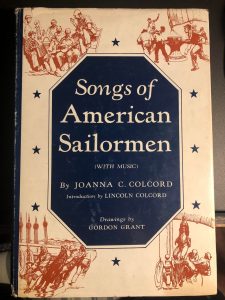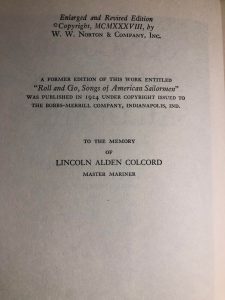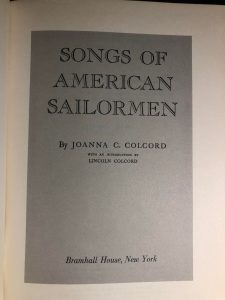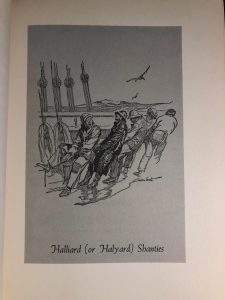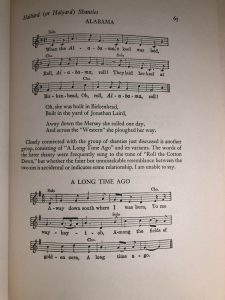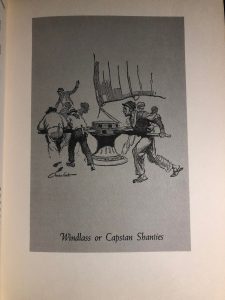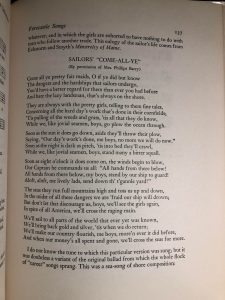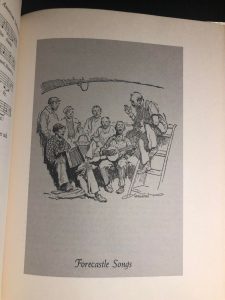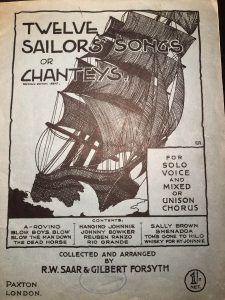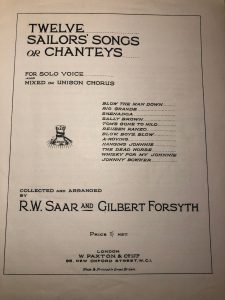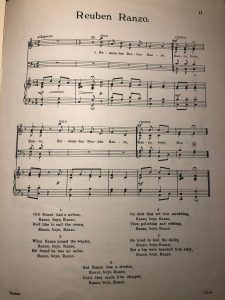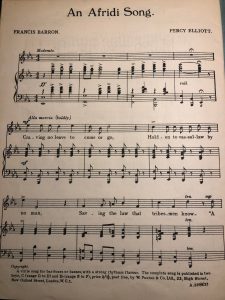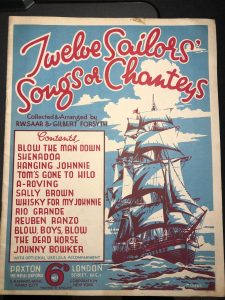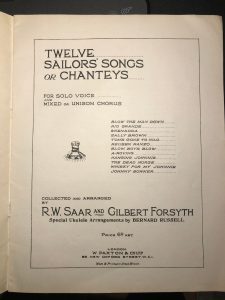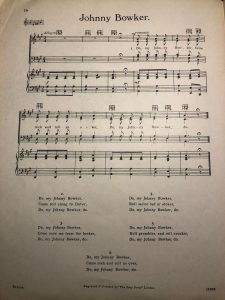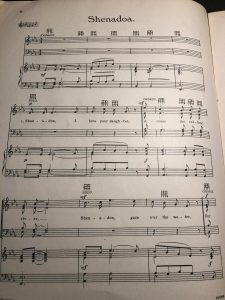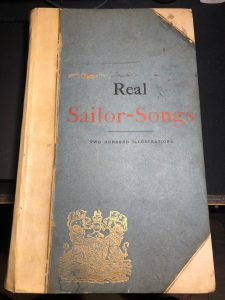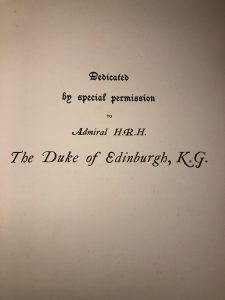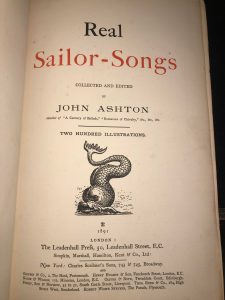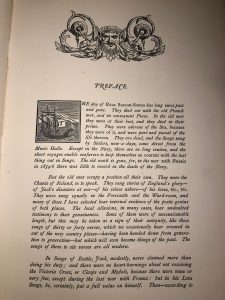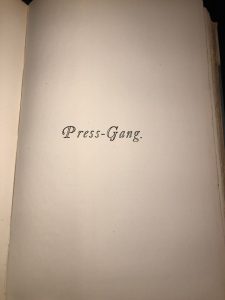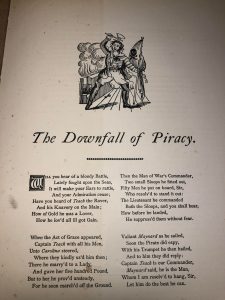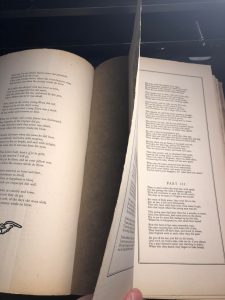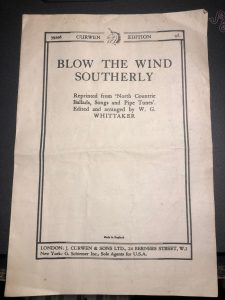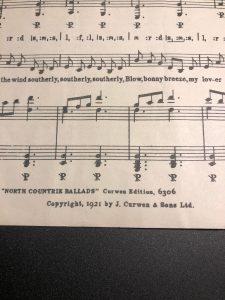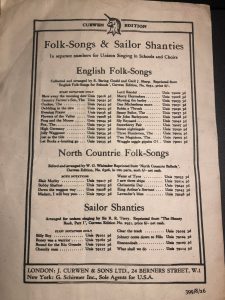Interesting Facts about Blow Boys Blow (Norwegian)
Blow Boys Blow (Norwegian) is another shanty with the word “Blow” is fine old tops’l halyard shanty “Blow, Boys, Blow”.
This was a shanty in which the singer often repeated the solo lines, to string out on a long haul.
This is the Norwegian language version. Explanation below text says: After G. W. Larsen, National Old Sailors Home – Fredriksvern.
The song will be reconstructed by myself as the halyard shanty.
The source of this sea shanty
The music: “Shanties from the Seven Seas” by Stan Hugill (1st ed p 230).
The lyrics: “Shanties from the Seven Seas” by Stan Hugill (1st ed p 230, 231).
The Record of the Blow Boys Blow (Norwegian)
You also can find this record on my YouTube channel here or directly listen below. Additionally, if you want to share your opinion about the record or share your opinion you can do it in my Facebook forum here, or leave a comment at the bottom of this blog article.
The full lyrics
Blow, Boys, Blow (Norwegian)
Paa vaade veie vil vi vandre,
– BLOW, boys, BLOW!
Vi tager avsked med hverandre,
– BLOW, me bully boys, BLOW!
* 2 *
Jeg ser min flamme staar paa pynten,
Hun graeter visst, ti slut er mynten.
* 3 *
Til mersefaldet styrmand kalder,
Og heis nu klyver, til hun falder.
* 4 *
Hun driver rundt–en maned til roret,
Og hiv nu ankret op i sporet!
* 5 *
Hal op i styrbords agterbraser!
Vor styrmand flyr nu rundt og maser,
* 6 *
Fra kysten nu saa fint hun langer,
Der ser vi Okso fyrtaarn pranger.
* 7 *
Snart har vi Lindesnaes isigte–
Nu styrmand maa de peile rigtig!
* 8 *
Det frisker op med bris nordostlig–
Hun slinger praegtig–det er kos’lig.
* 9 *
Kaptein roper: Hei du stuert!
Slipp nu laerken ut av buret!
* 10 *
Skjaenk i en og la os smake,
Et skjont farvel for dem tilbake.
* 11 *
Heis nu seilet hoit paa stangen!
Nu er det oppe–slutt med sangen.



